

A family whose members have occupied some of the most important positions in the administration of the Kingdom of Sicily since the time of the Aragonese
The members of the Asmundo family, in its various branches, have occupied some of the most important positions in the administration of the Kingdom of Sicily since the time of the Aragonese. In 1934, they donated their collection of paintings, archaeological finds, majolica porcelain, ancient weapons, coins and artefacts from the minor arts to the Civic Museum of the Ursino Castle in Catania. The Zappalà-Asmundo Collection constitutes a significant part of the nucleus of works of art held by the Catania civic museum.
The origins of the Asmundo family are very ancient and lost in legend. According to some sources, originally from Pisa, also known as Sismondo or Sismondi since the time of Charles the Great, they arrived in Sicily at the time of the Norman conquest of the island following Count Roger. It would then be linked to the Pisan Sismondi family, mentioned by Dante Alighieri in the Divine Comedy, to which Sigismondo, who became Prior of the Republic of Pisa in 774, and Kinzica de' Sismondi belonged. Others believe it originated in Malta and moved to Sicily at the time of the Sicilian Vespers in the 13th century. The descent could derive from the Asmundo family, kings of Sweden before the year 1000.
"In 1946, 46 paintings were selected from the collection that Baron Giuseppe Zappalà-Asmundo had left to the City Council in his will in 1935, having partly inherited it from that Raffaele Zappalà Finocchiaro patron of Giuseppe Sciuti who had brought him into contact with the Neapolitan painters Domenico Morelli and Filippo Palizzi. The collection also includes 7527 prints from different periods, porcelain and art objects such as two Baroque violins attributed to Girolamo Amati and Matto Goffriller".
(Luisa Paladino, Catania: la città, la provincia, le culture, a cura di Nino Miuzzo, Volume I – ed. Dafni, 2005)
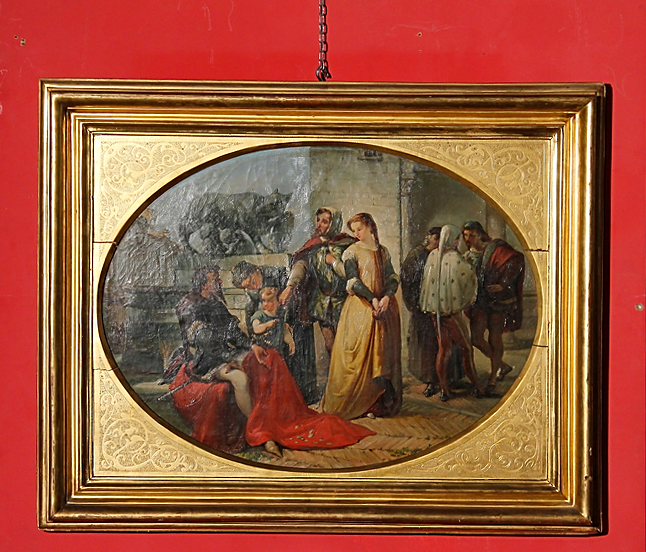
Around 1856
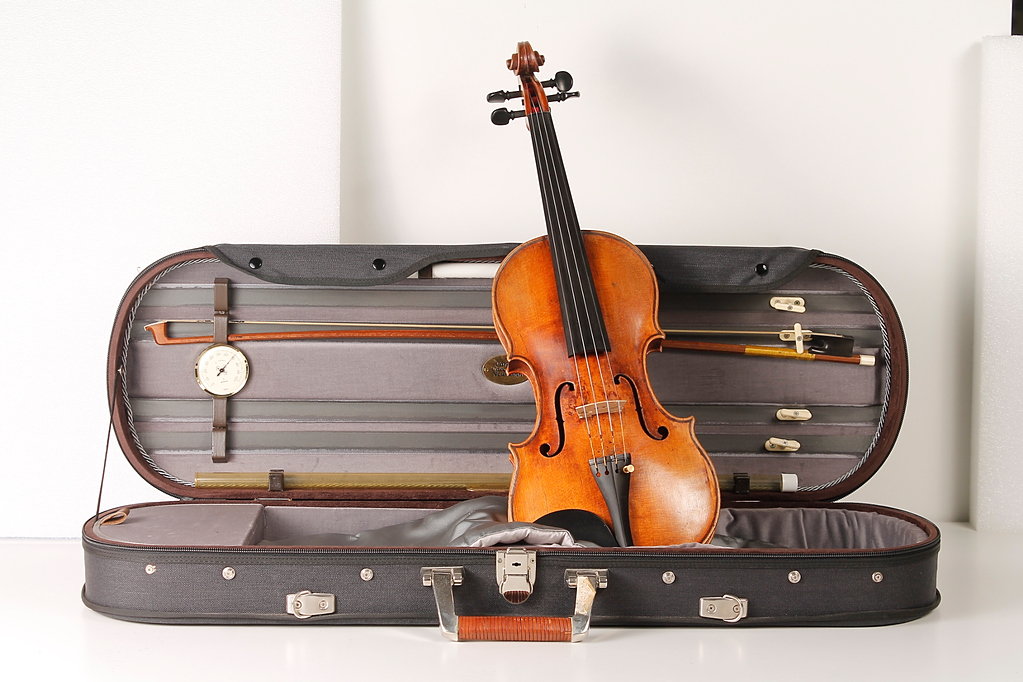
Around 1700

XVIII cent.
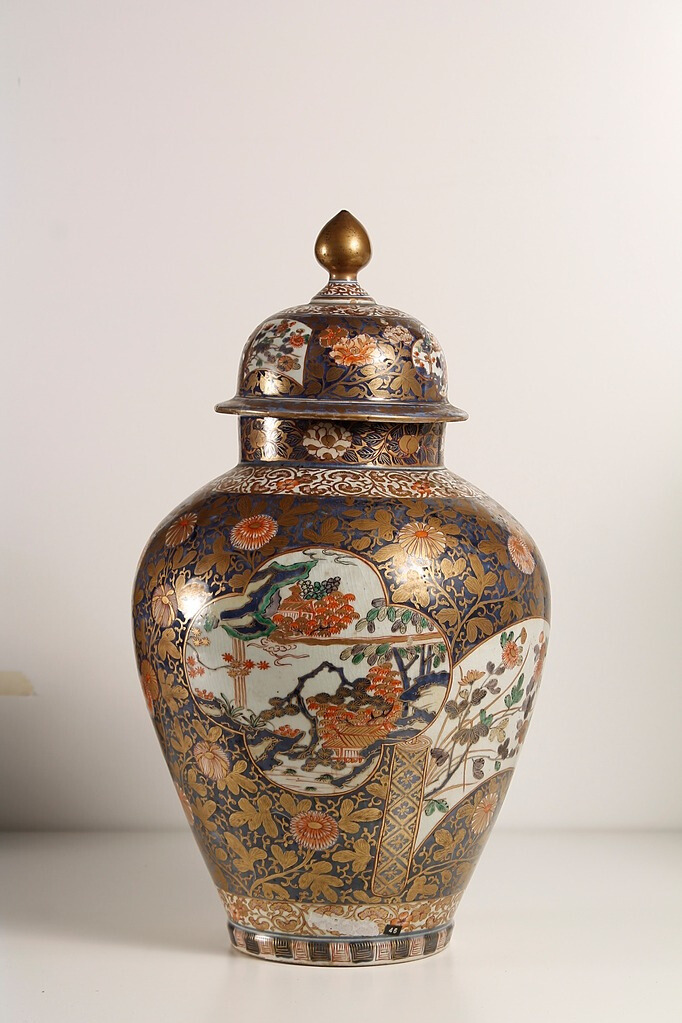
XVIII cent.
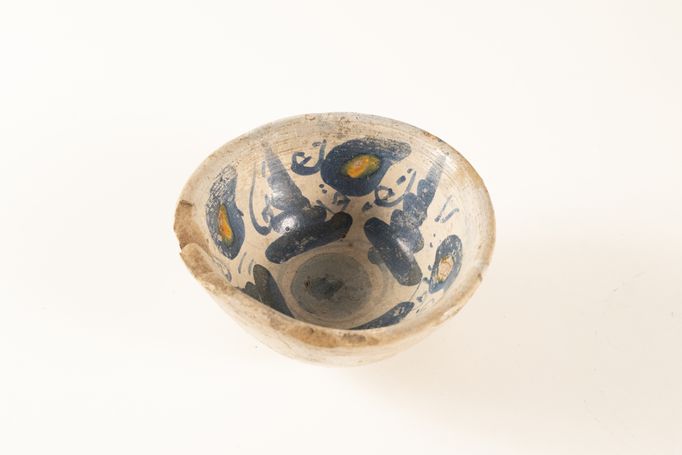
First part cent. XVI
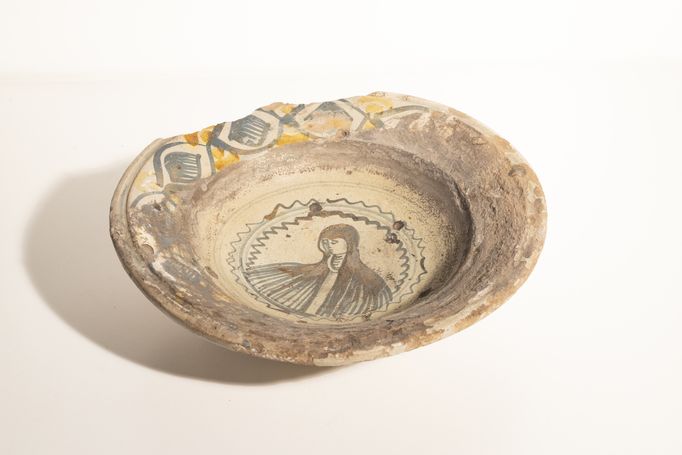
First part of XVII cent.
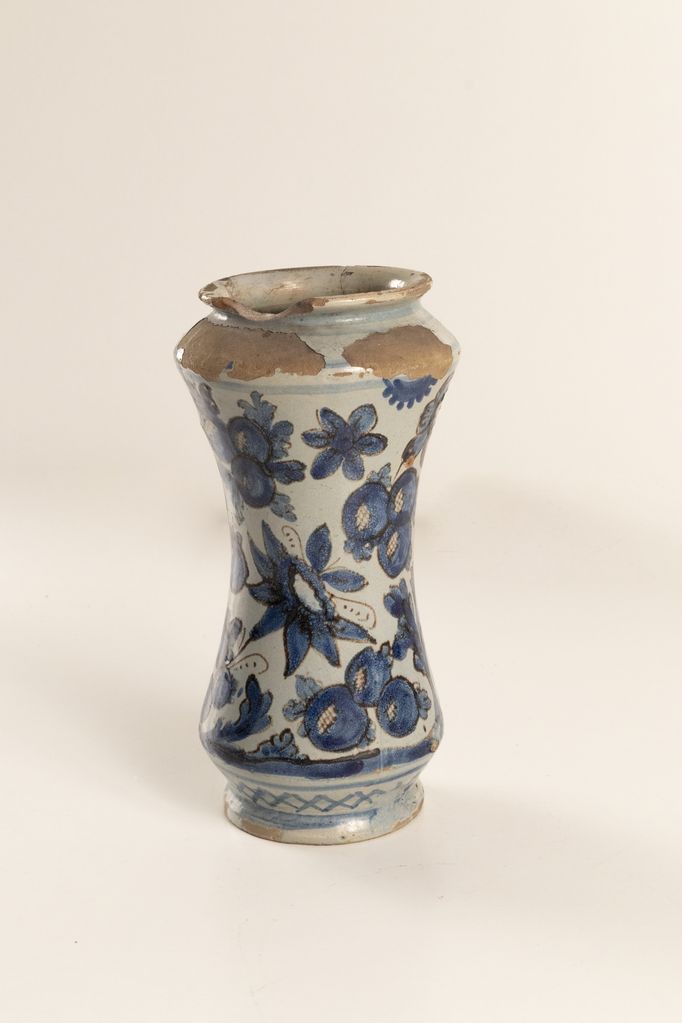
First part of XVII cent.
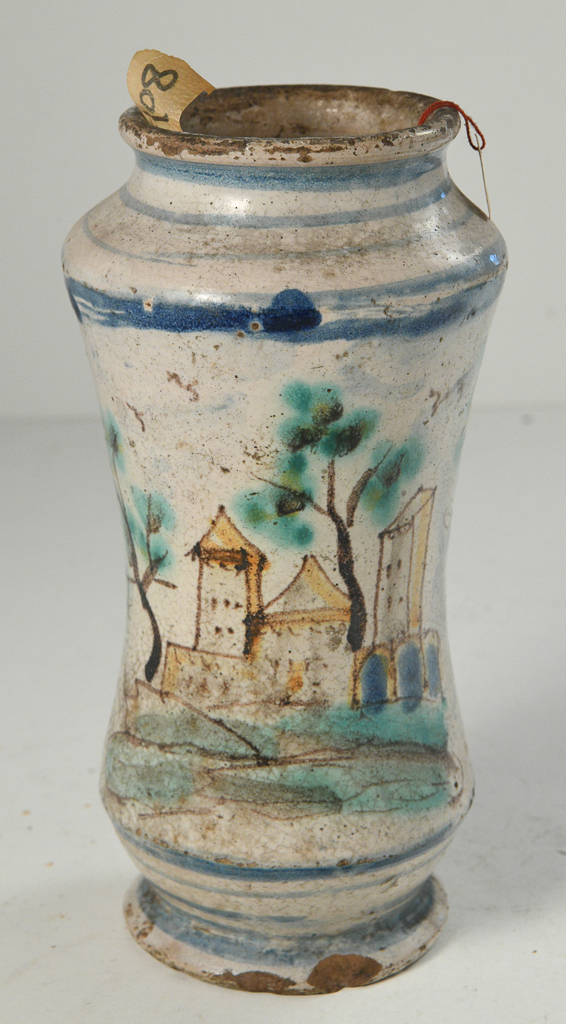
Second part of the XVIII cent.
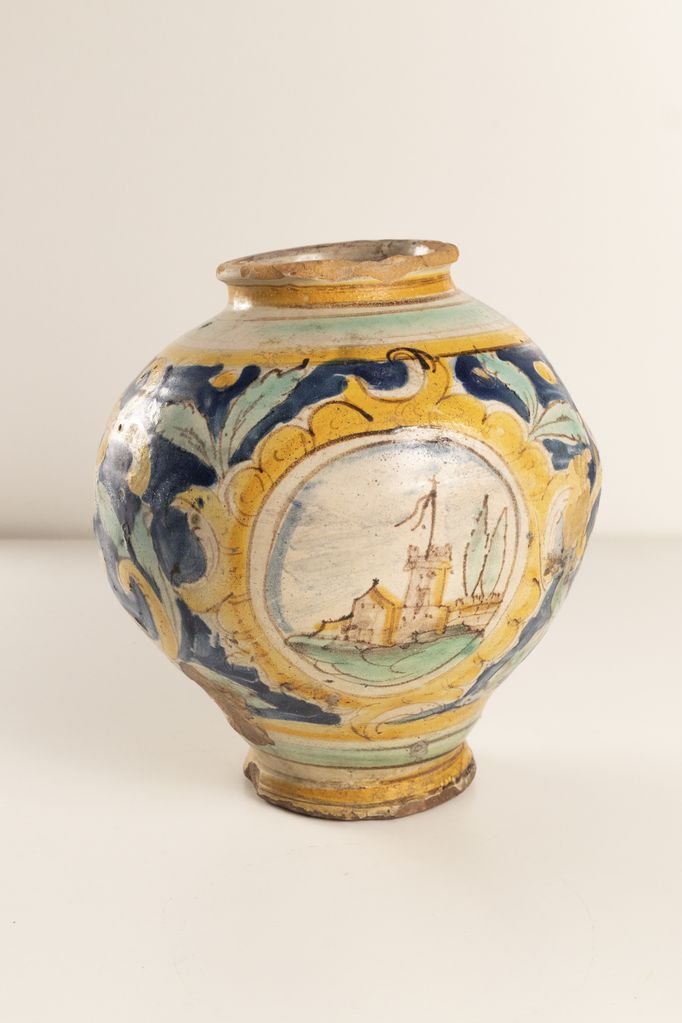
End of XVIII cent.
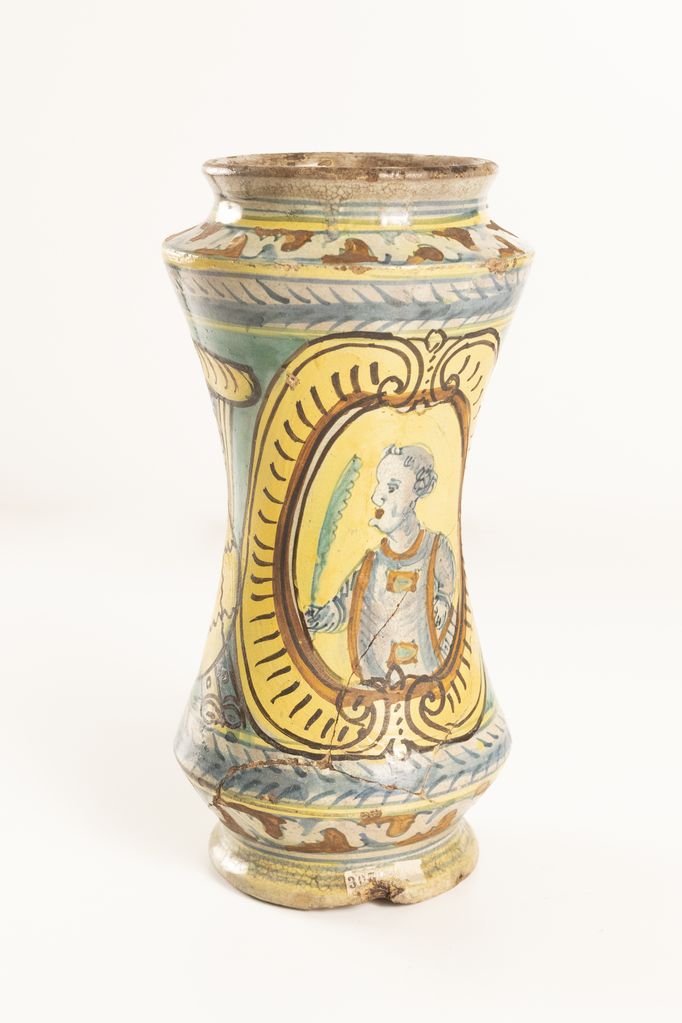
First part of the XVII cent.
Inventory number:
Subject/object:
Author:
Date:
Description:
Material and technique: